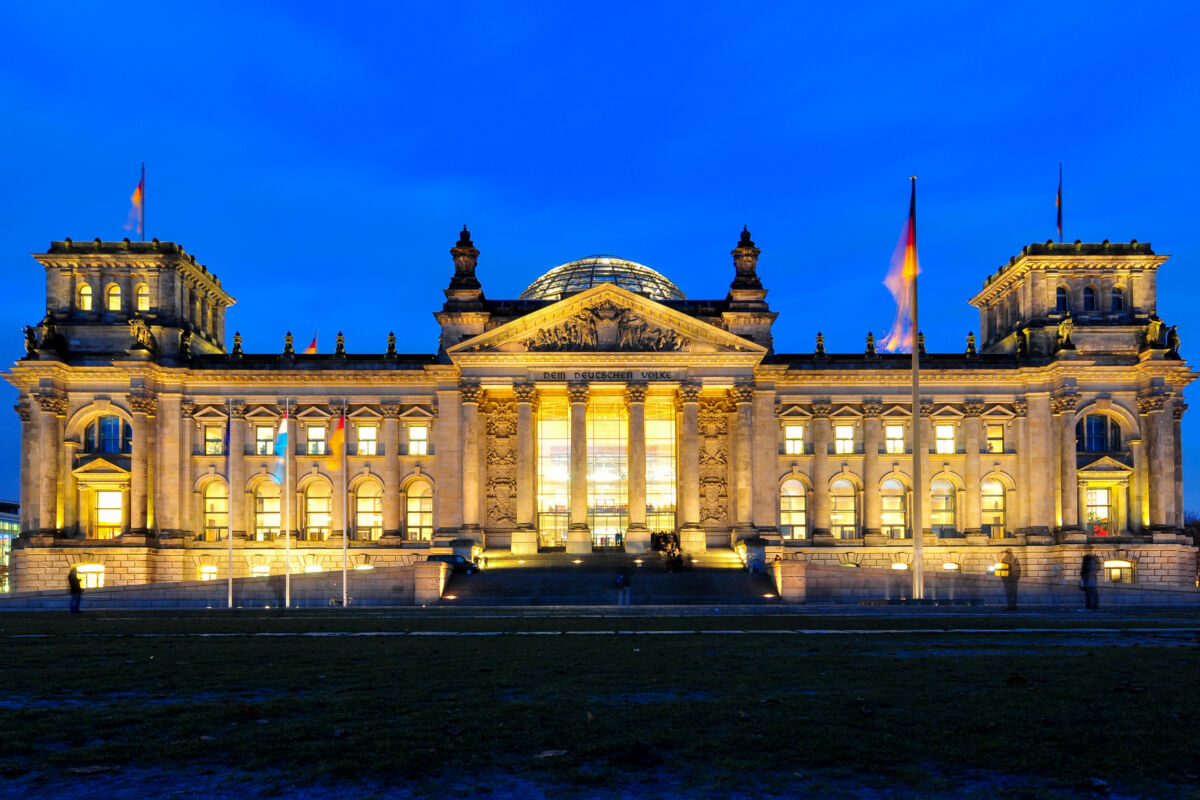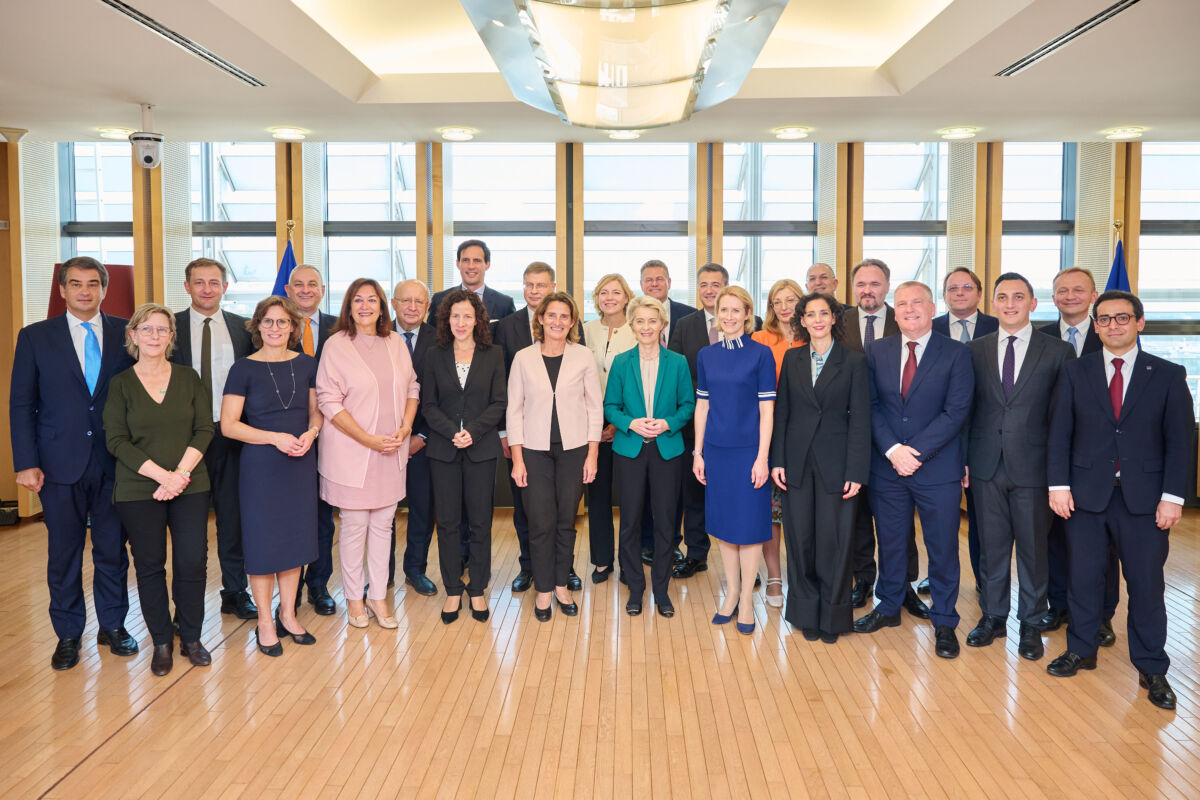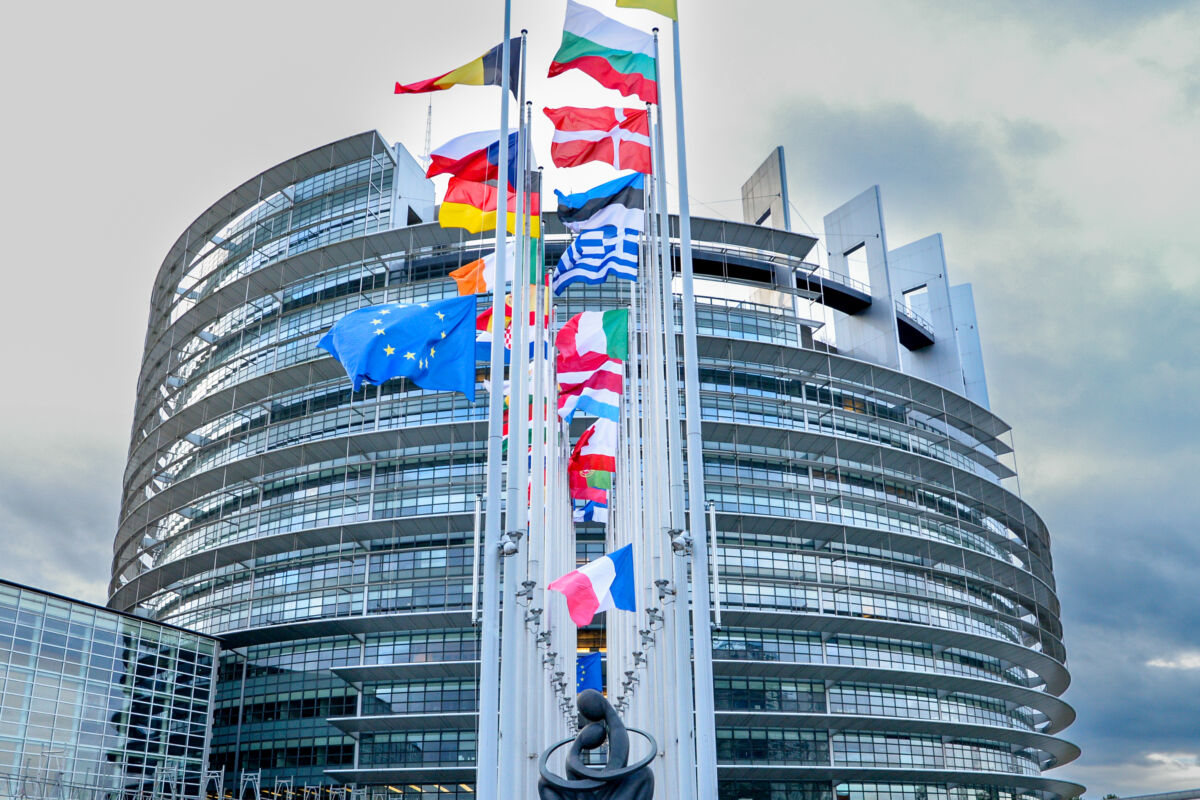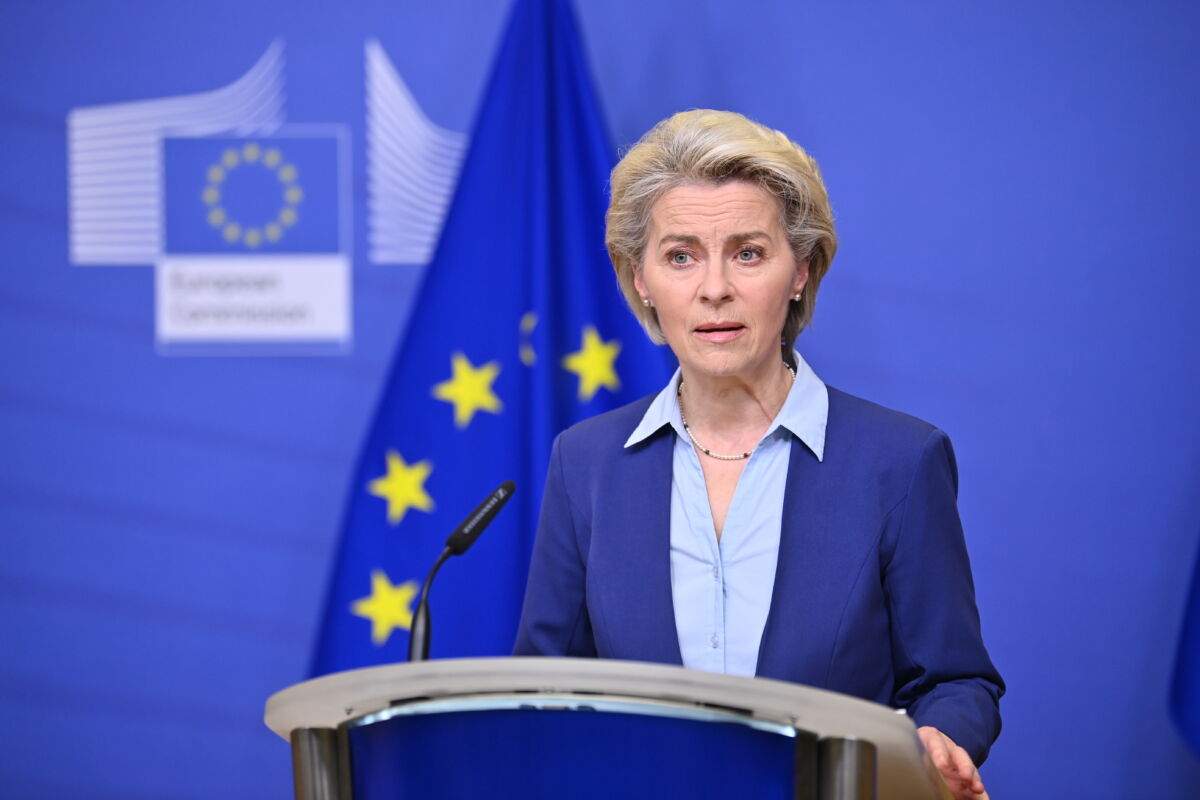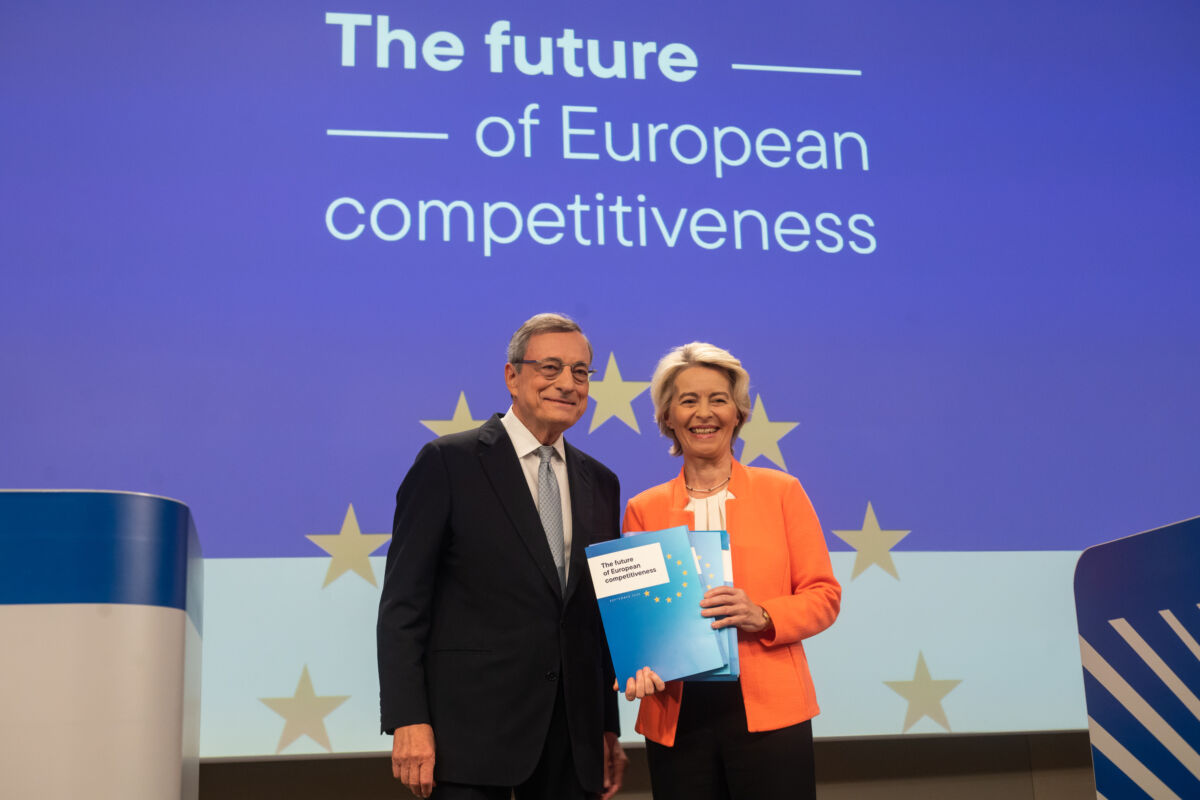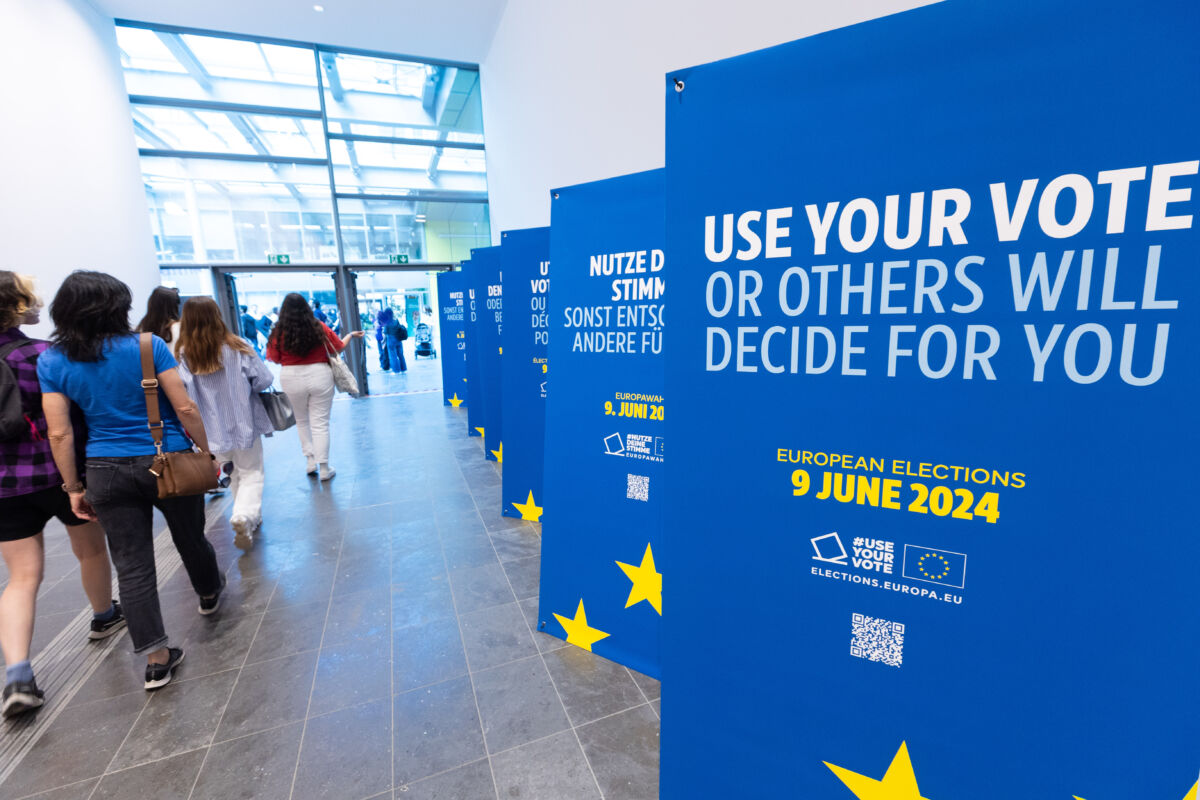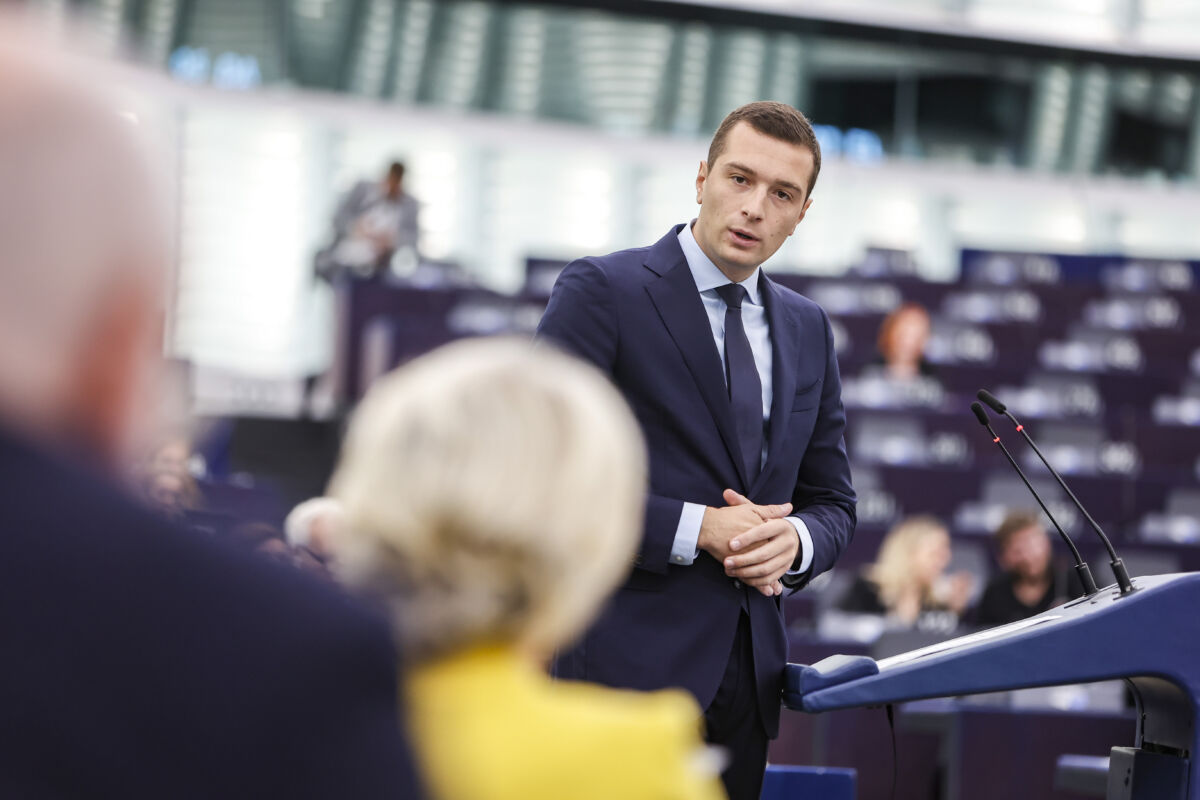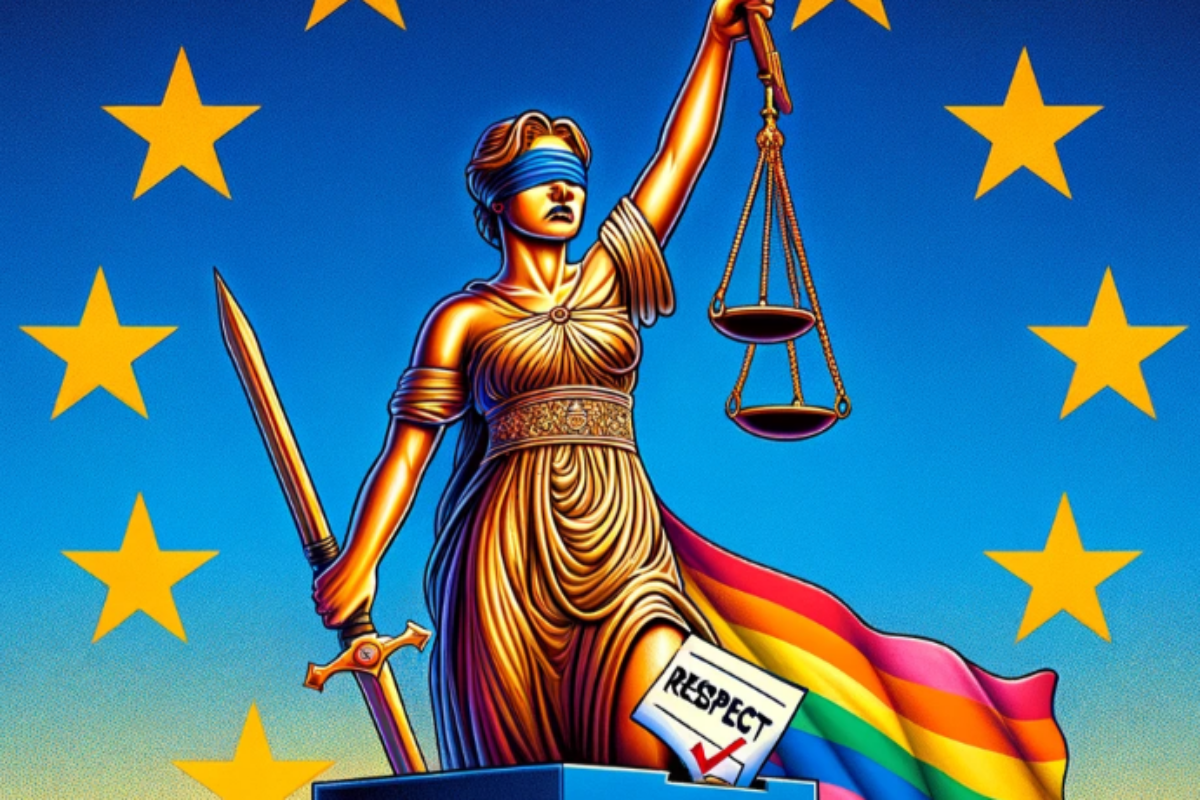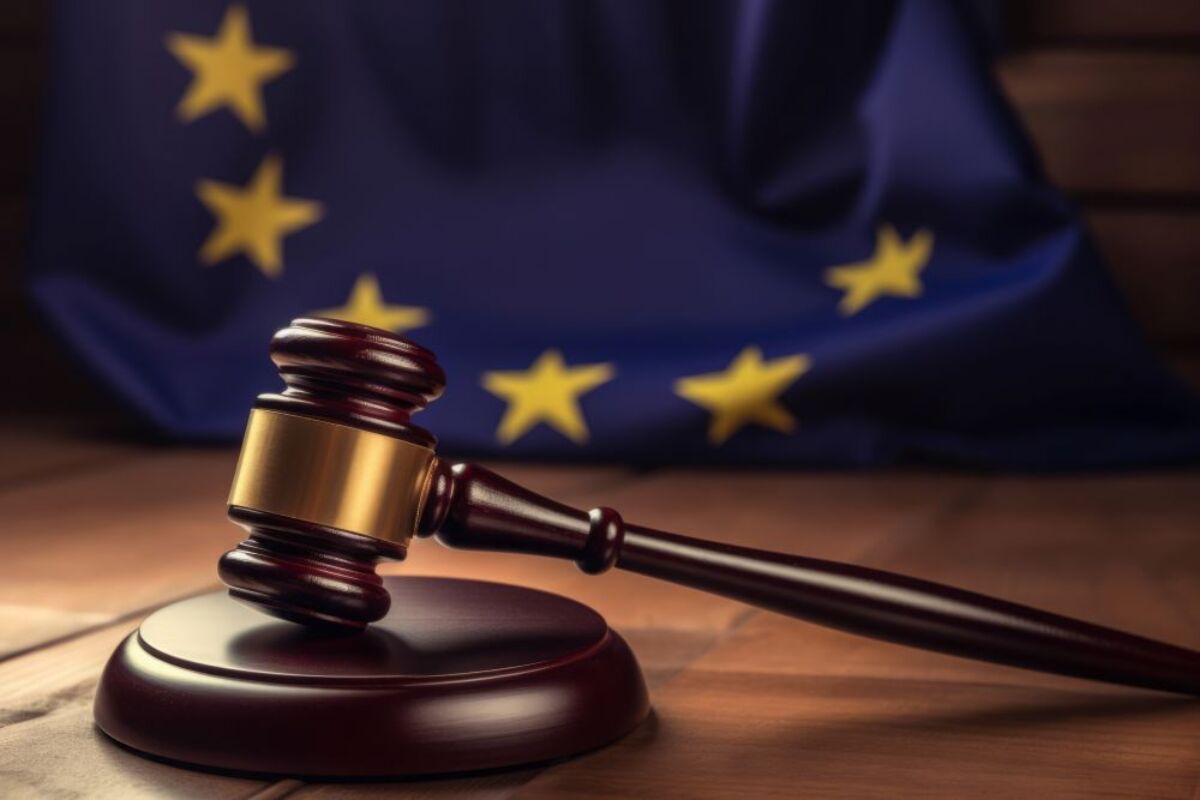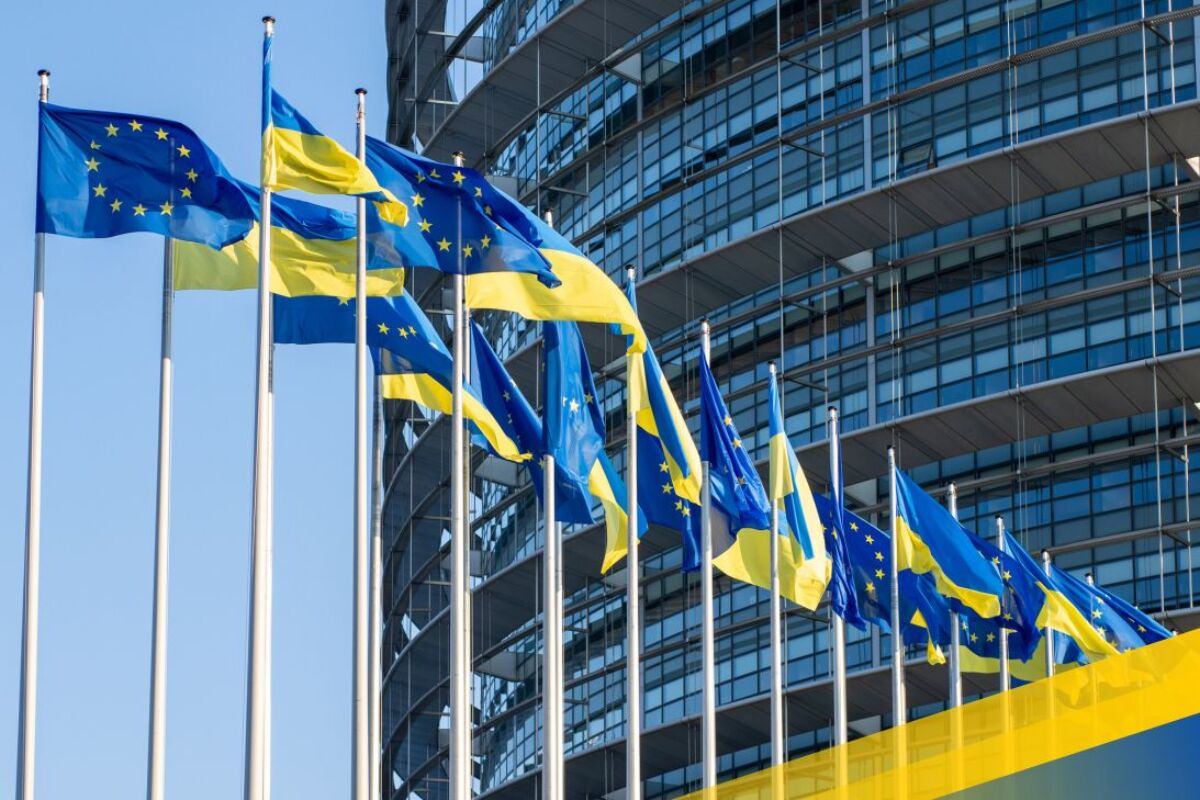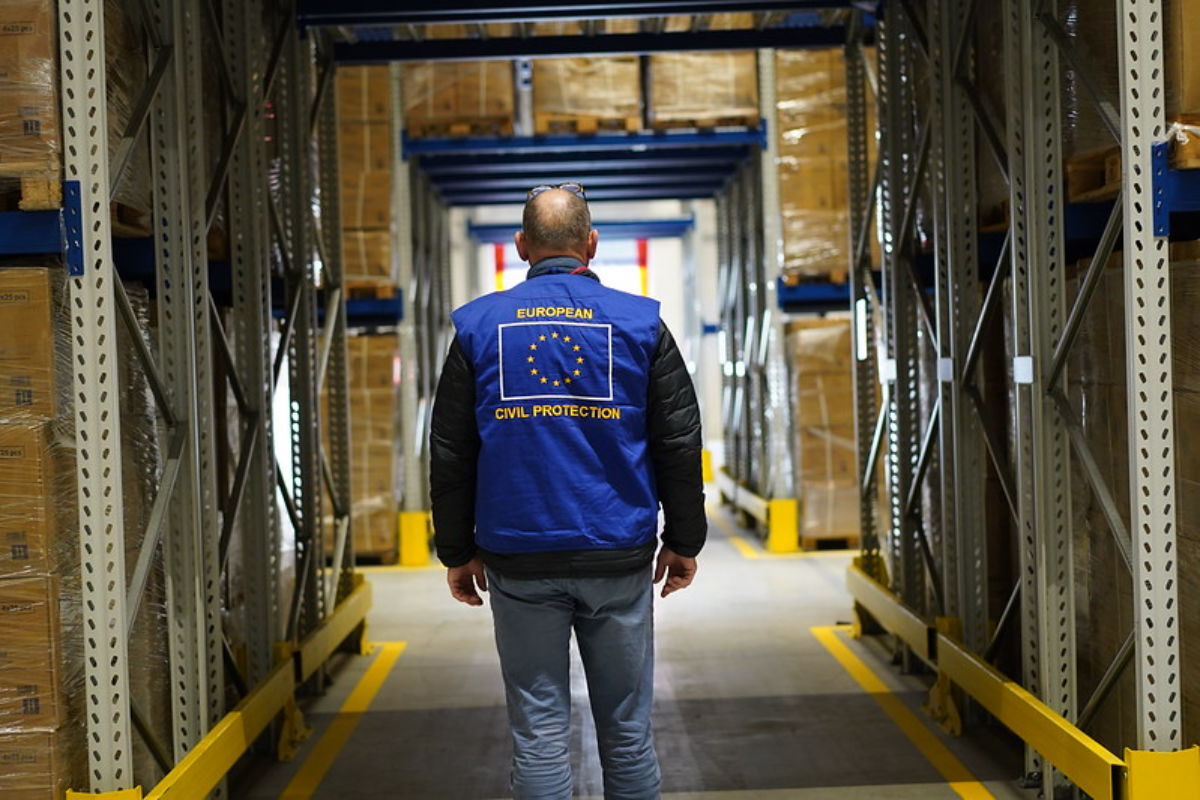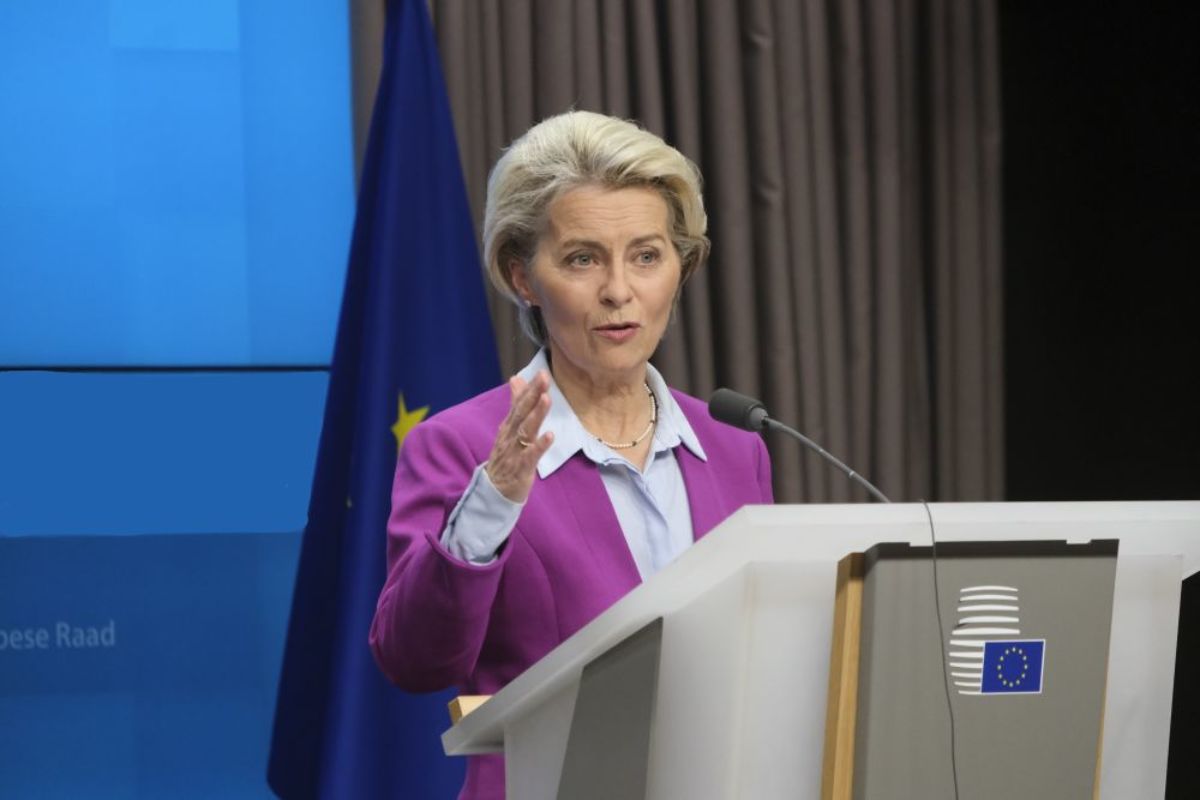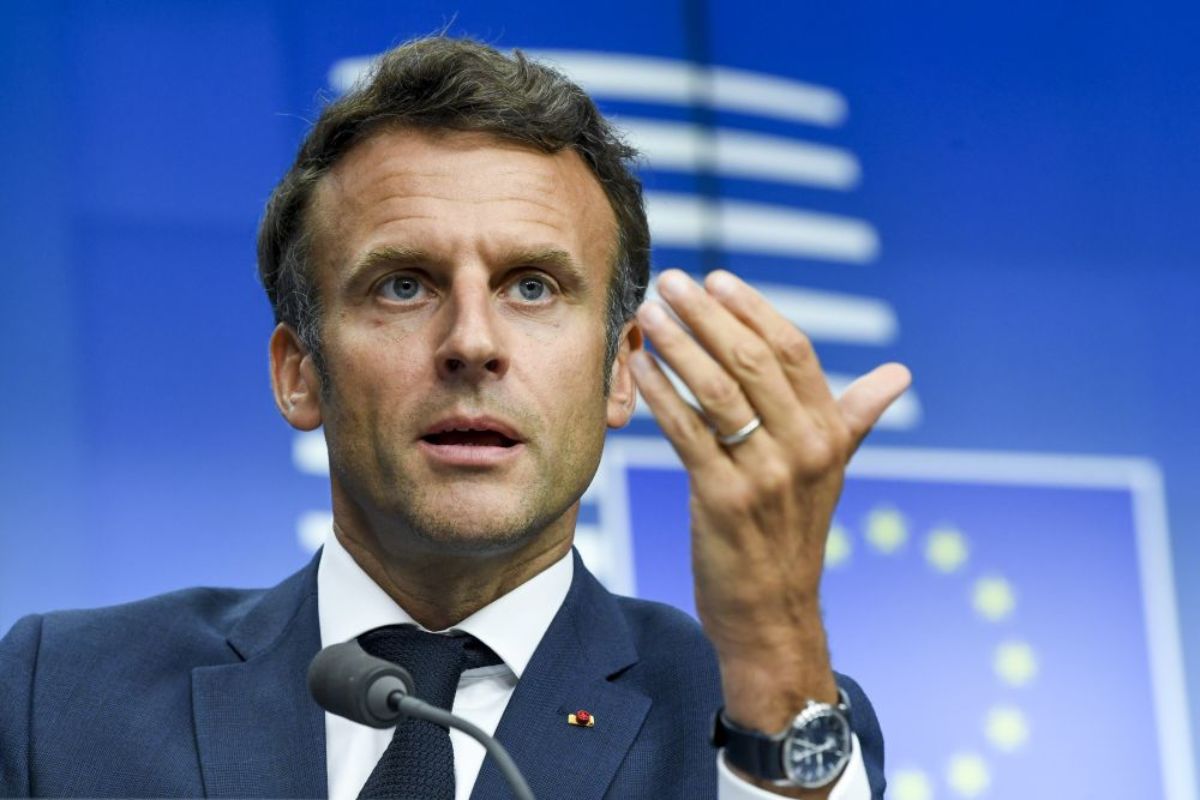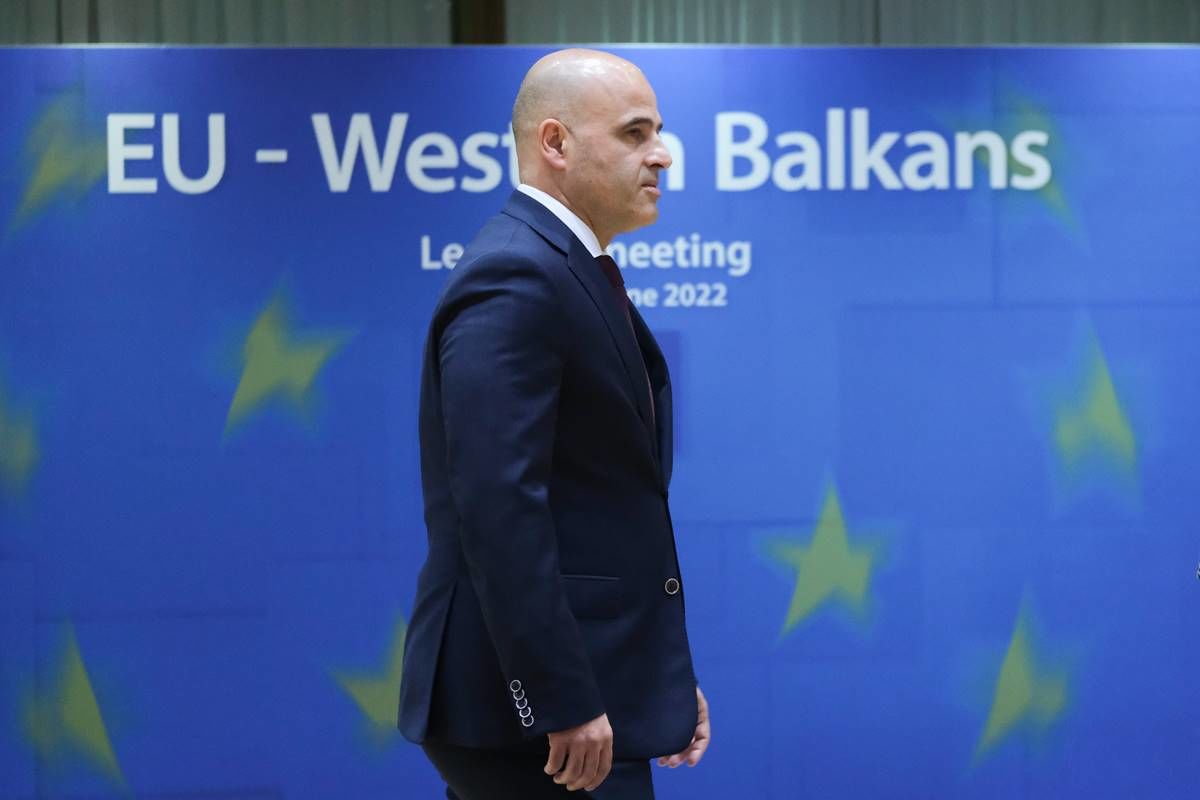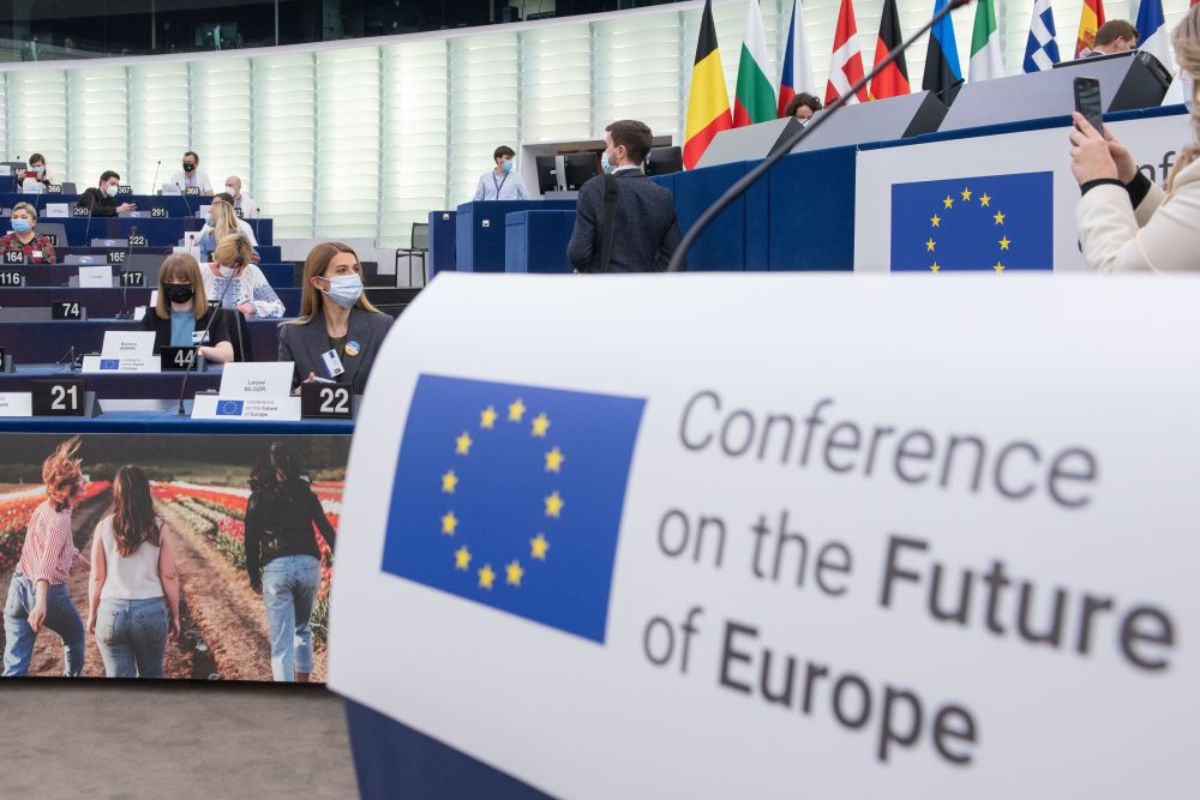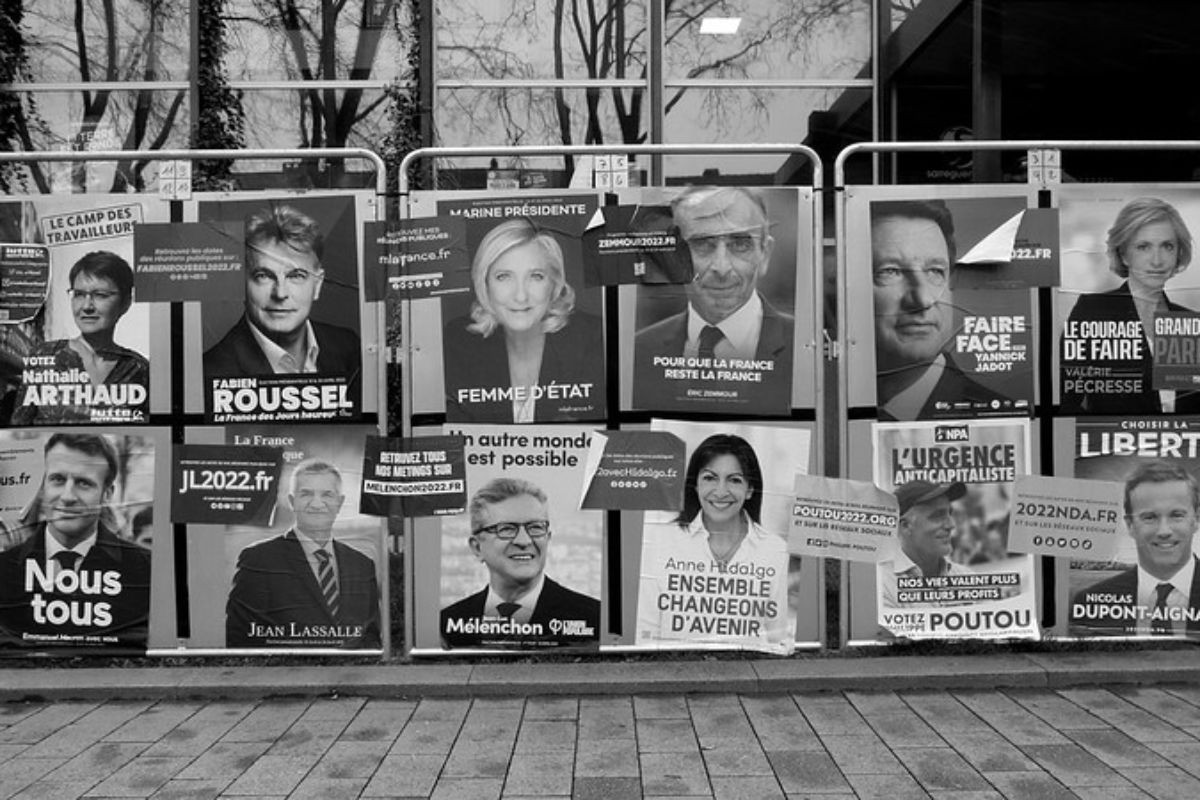A first key result, perhaps the most important one, of this election is that Europe’s silent majority has finally come out to vote. Opinion polls had shown for some time that confidence in the EU and its institutions had risen to sharply in recent years. But this needed to be validated by actual votes. This has now happened. Voter participation has increased by almost one fifth, reaching close to 50%. This is still below the level in most national elections, but considerably higher than that in most mid-term elections in the US.
Elections for the European Parliament used to be considered second order elections (with national ones as first order). Perhaps one could now consider the EP elections as ‘1.5 order’.
The plural ‘elections’ is still appropriate as most campaigning and voting was framed by the national context. This should not be surprising. It confirms the old adage that ‘all politics is local’.
However, the ‘European question’ was not totally absent. European issues played an important role and, in many countries, the normal political issues of the day were increasingly framed in a European context. This applies in particular to environmental issues.
A second key result is that the various populist and Eurosceptic parties did not advance as much as originally expected. This is another confirmation of the popularity of the European Union as the best way to organise this continent.
The centre has held, but it is increasingly fractured. This applies in particular to the EP where now a coalition of at least three parties will be needed for a majority. This mirrors the results at national level: there are many countries where the two largest parties did not obtain 50% of the votes between them.
Within the EP, the existing ‘informal’ grand coalition of the ‘pro-EU’ parties is thus likely to continue to dominate. The long-term risk is that electors might gain the impression that they get the same result whatever centrist party they vote for.
Another ‘dog that did not bark’ is that it is difficult to detect a clear regional divide. These elections were not about east versus west or north versus south, although some clear divides emerged within countries, such as Italy and Germany. This is another contrast with the US where the disparity between the two coasts and the interior has been decisive for recent election results.
A third key result is that the important dividing line in most countries is no longer between right and left, but rather about immigration. This is a highly emotive issue which puts the EU in a difficult situation. In general, European integration stands for open borders, making it instinctively difficult for pro-Europeans to erect fences. But this is what the population seems to demand in some countries.
This could bring the beginning of a ‘European identity’. In most of the continent, immigration means immigrants from non-EU countries, which in reality are mostly refugees with an Arab/Islamic background. The ‘us’ versus ‘them’ has thus become implicitly ‘us Europeans’, versus ‘them, non- Europeans’. Few of the so-called nationalists continue to play the card: ‘us, of this country’ versus ‘them, everybody else’. The more successful among the populists are now campaigning implicitly for a ‘stronger Europe’. For them this means a Europe with fences, but it is interesting that by and large they want the fence at Europe’s external border, not along national borders.
The UK represent an outlier to this trend. The UK seems to be the only sizeable country where intra-EU immigration is not regarded as different and much more acceptable than immigration from third countries. But even in the UK, the sum of the pro-European parties (Lib Dem, etc.) collected more votes (40%) than the anti-EU ones (Brexit plus UKIP), which, combined, still remain below 37%.
All in all, this was a good day for the European Union and the European project.



